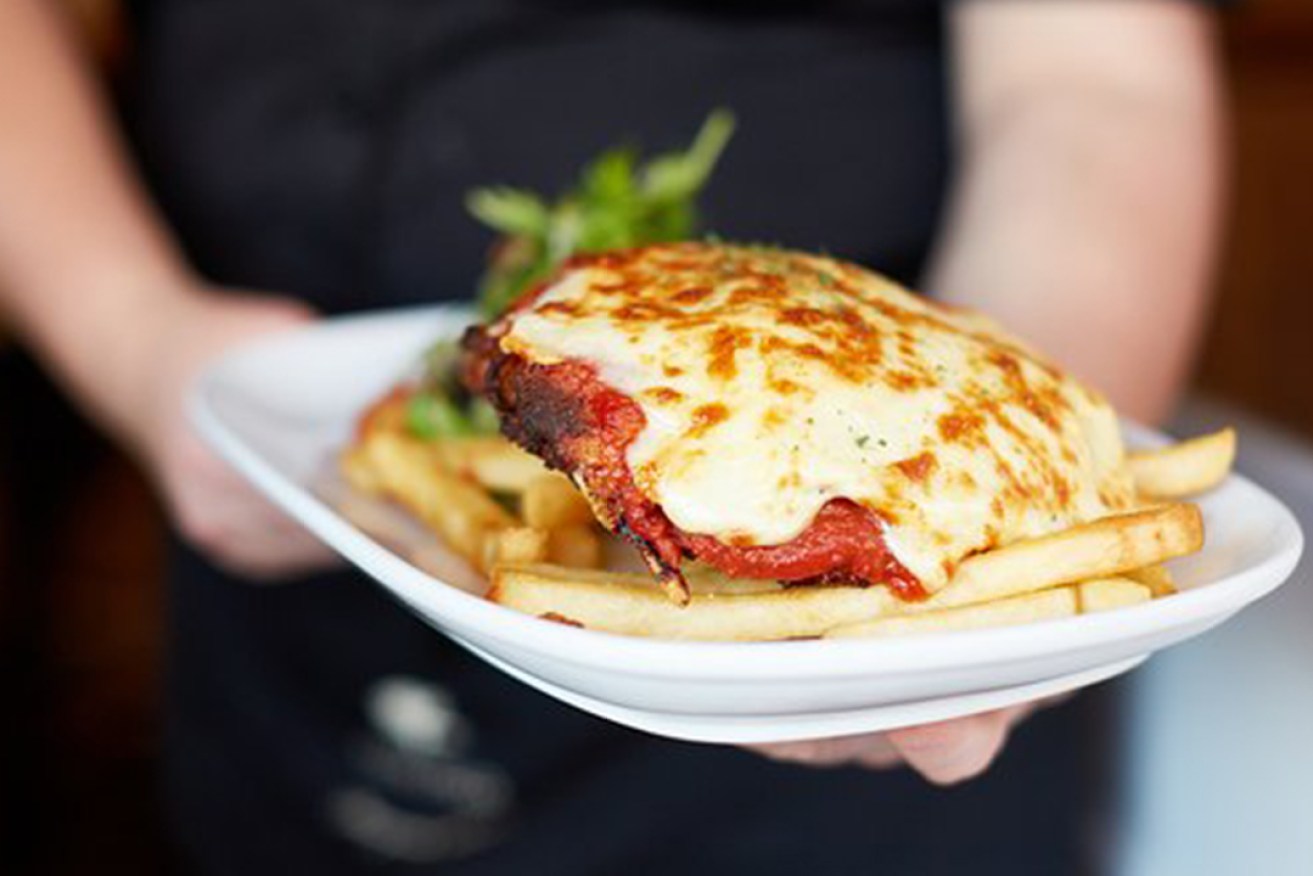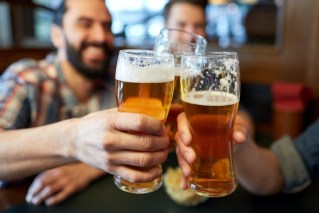Food for thought as we face Parmageddon – at least we’re not likely to starve
The delicious irony to the Spanish Flu outbreak last century is that its aftermath heralded a golden era for the culinary arts. Could it be a taste of what’s to follow this pandemic, asks Rebecca Levingston


OK, the bad news is Australia’s economy contracted 7 per cent in the last quarter and we’re now in a recession. But there are some unpredictable pockets of positivity, like the bloke who lives next door to me.
My neighbour Nev is doing a roaring trade. He sells dried mince to preppers. When the pandemic began, Nev did 18 months worth of trade in six weeks. One customer bought $16,000 dollars worth of dehydrated food for his family.
Nev reckons dried mince lasts forever. When he trained as a butcher 60 years ago, I don’t think he imagined he’d be selling dehydrated meat to people who feared the apocalypse. He says he’ll cook me some this weekend if I’m game. I’ve never tried it, but I’m willing to give it a go. We’ve all got gastronomic gaps.
My colleague Emilie has never eaten KFC. In March she packed up her life, got on a plane to London and planned to be eating linguine and drinking Negronis in Italy during the European summer. Two weeks after touching down in the UK, she got back on a plane, moved back in with her parents and was once again eating home-cooked meals in Brisbane. Even though Mum’s spag bol wasn’t the 2020 pasta plan, at least her family is healthy.
One-hundred years ago, Australia was in the grip of the Spanish Flu pandemic and charity kitchens delivered food to families who were sick. Food transport networks were disrupted and there were food shortages in north Queensland.
Meanwhile, in the Melbourne suburb of Richmond in 1919, hundreds of families were supplied with dinners cooked by the Red Cross and delivered by boy scouts. The Richmond Guardian reported the meals mostly consisted of “broths, jellies and farinaceous puddings, also light stews of tripe and rabbit”.
The generation that lived though the Depression embraced liver, kidney, brains, tripe and tongue and served it up to their baby boomer kids. According to my mum, tripe could be a “bit rubbery” but it was much improved with tomato sauce. Top tip mum.
During the last pandemic, I doubt people put on the kind of “COVID kilos” many of us are contemplating losing.
Melbourne restaurants are shut, but here in Queensland, we’re lucky to still be able to dine out. I ate something called a Parmageddon this week at a country pub, which seemed like the appropriate food for our times. It was delicious. I have no regrets.
The 2020 economic outlook isn’t great, but here’s the good news …
In the decade that followed the last pandemic to hit Australia, there was a food boom:
According to the Australian food history timeline, in the 1920s, the first Anzac Biscuit recipe was published. Violet Crumbles and Cherry Ripes appeared.
Lifesavers rolled into Australia. The Cadbury factory opened in 1922. Minties were invented, then Weet-Bix and Vegemite launched, XXXX Bitter Ale and Passiona poured into our cups.
Aeroplane Jelly arrived and the first espresso machine was introduced Down Under. Fairy bread officially became a staple at kids’ birthday parties and finally in 1929, Brisbane newspaper The Telegraph published the first reference made to avocado on toast.
If that smorgasbord followed the last pandemic, let’s hope what emerges from this recession is even more delicious.













